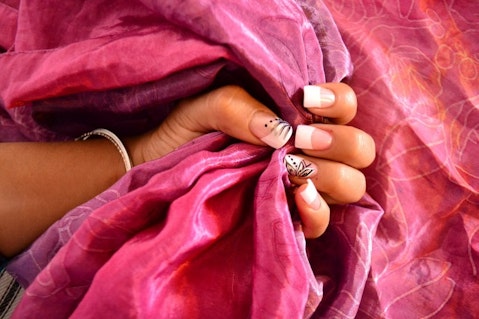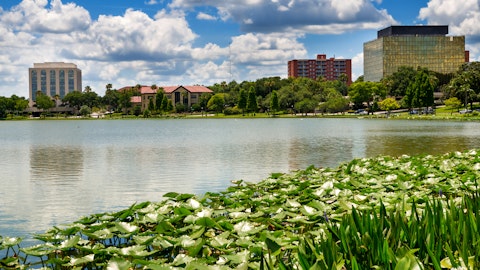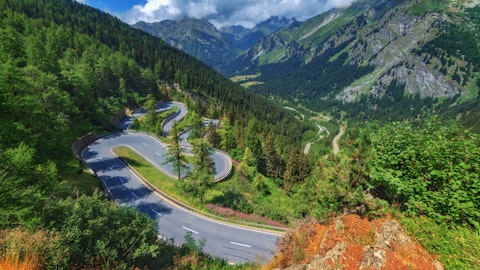The 8 countries that produce the most silk in the world cater mostly to the global demand of the product. Silk is not grown as a crop, like other products we have previously mentioned. For further information regarding other items we have written about, please visit 8 countries that produce the most soybeans in the world. Instead, it is generally produced by insects. While several different types of insects possess the ability to produce silk, the silk which is produced by moth caterpillars is generally the only type of silk which is used in the manufacturing of textiles.
However, scientists are currently also looking into the silk produced by insects other than the moth caterpillar. These types of silk tend to differ at the molecular level, which is where the research is focused. The larvae of the insect produce silk during the process of complete metamorphosis. On the other hand, this is not always the case. Even adult insects can have the ability to produce silk. These include insects such as webspinners while raspy crickets actually possess the ability to produce silk throughout their life.

Bees, ants, and wasps, along with various types of fish, beetles, flies and fleas also possess the ability to produce silk. Even some arachnids which include spiders can also produce silk.
Throughout history, in China and the Middle East, wild silk has been used, though on a much smaller scale when compared to its use today. This is due to the fact that wild silk is less uniform in nature than cultivated silk, due to significant variation in its texture as well as color.
Furthermore, wild silk was broken into threads while being extracted, which is why carding was the only way to extract silk which could be used in textiles, a tedious process which requires the disentangling, cleaning and mixing of fibers in order to obtain a continuous web of silk.
In contrast to wild silk, cultivated silk is produced from the pupae of a silkworm, where the surface is free of minerals. The pupae have to be killed before the moth can emerge, which is often done by the pupae being dipped in boiling water. Another way to kill the pupae is to pierce it with a needle.
This is why when the entire cocoon is unraveled, the silk comes out as a continuous thread instead of being broken into threads like wild silk. Hence, the material is much stronger than wild silk and as such, is of much greater use than wild silk in the textile industry.
Cultivated silk is also much easier to dye than wild silk. Furthermore, you may be interested to know that genetic modification may be applied to silkworms to urge them to produce silks possessing different properties which can be used for different purposes.
Since silk is an absorbent material, it is perfect to use when the weather is warm and especially if the person is active too. On the other hand, during cold weather, silk manages to ensure that warm air is close to the skin due to its property of low conductivity. Hence, it is perfect for clothing and is often used in the production of shirts, ties, and dresses among other clothes. Due to its hardness, it is also a good material to use for clothing in places where there are a lot of insects as the insects are unable to pierce the material.
To determine the countries that produce the most silk in the world, we used statistics prepared by the International Sericultural Commission which has been registered with the United Nations.





